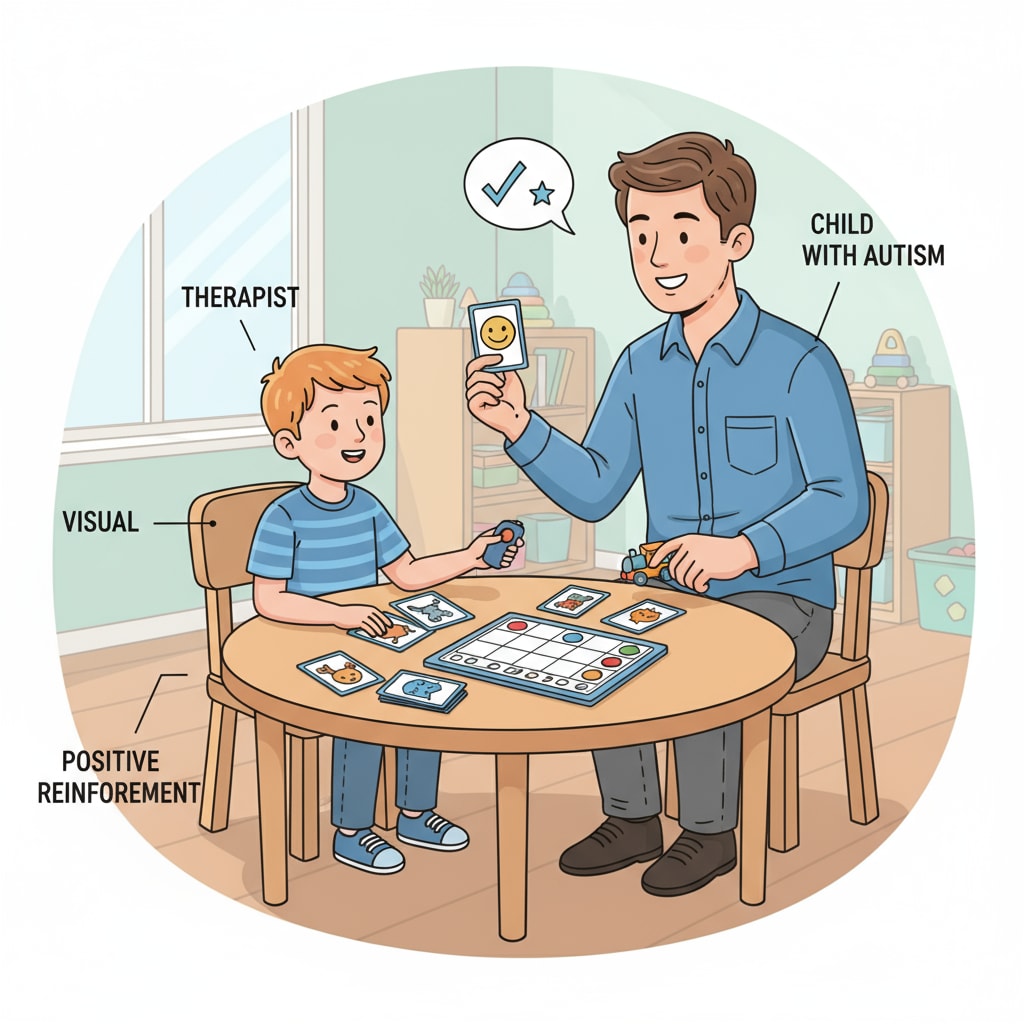Teacher career transitions, especially from elementary art teachers to ABA therapists, are becoming more common. This shift not only offers new challenges but also a chance for professional growth.

The world of education and therapy is evolving, and many educators are exploring alternative career paths. In this article, we’ll look at how elementary art teachers can make a successful transition to the field of Applied Behavior Analysis (ABA) therapy.
The Motivation for Transition
There are several reasons why an elementary art teacher might consider a transition to ABA therapy. For example, some teachers may feel a strong desire to work more closely with students who have special needs. ABA therapy focuses on improving specific behaviors in individuals with autism and other developmental disabilities. Therefore, teachers who are passionate about making a deeper impact on these students’ lives may see this as an appealing career move. In addition, the demand for ABA therapists is on the rise, providing better job prospects and potential for professional advancement.

The Transferable Skills
Elementary art teachers possess a range of skills that are highly valuable in the field of ABA therapy. Firstly, their ability to engage students through creative activities can be transferred to the ABA therapy setting. For instance, art teachers are skilled at using visual aids and hands-on experiences to capture students’ attention. This skill is crucial in ABA therapy, where therapists need to find innovative ways to teach new behaviors. Secondly, art teachers have excellent communication skills. They are used to explaining complex concepts in simple terms to young students. Similarly, in ABA therapy, clear communication with clients and their families is essential. What is ABA Therapy on ABA.com
The Educational Background as an Advantage
The educational background of an elementary art teacher can serve as a significant advantage in the transition to ABA therapy. Their knowledge of child development, which is fundamental in art education, is also crucial in understanding the behaviors of clients in ABA therapy. Moreover, art teachers often have experience in creating individualized lesson plans. This skill can be directly applied to developing personalized treatment plans in ABA therapy. Applied Behavior Analysis on Wikipedia
In conclusion, the transition from an elementary art teacher to an ABA therapist is a viable and rewarding career move. With the right skills, motivation, and educational background, teachers can successfully make this shift and contribute to the field of ABA therapy. It’s a journey of professional growth and a chance to make a positive impact on the lives of individuals with special needs.
Readability guidance: This article uses short paragraphs and lists to summarize key points. Each H2 section provides relevant details. The proportion of passive voice and long sentences is controlled, and transition words are used throughout to enhance readability.


